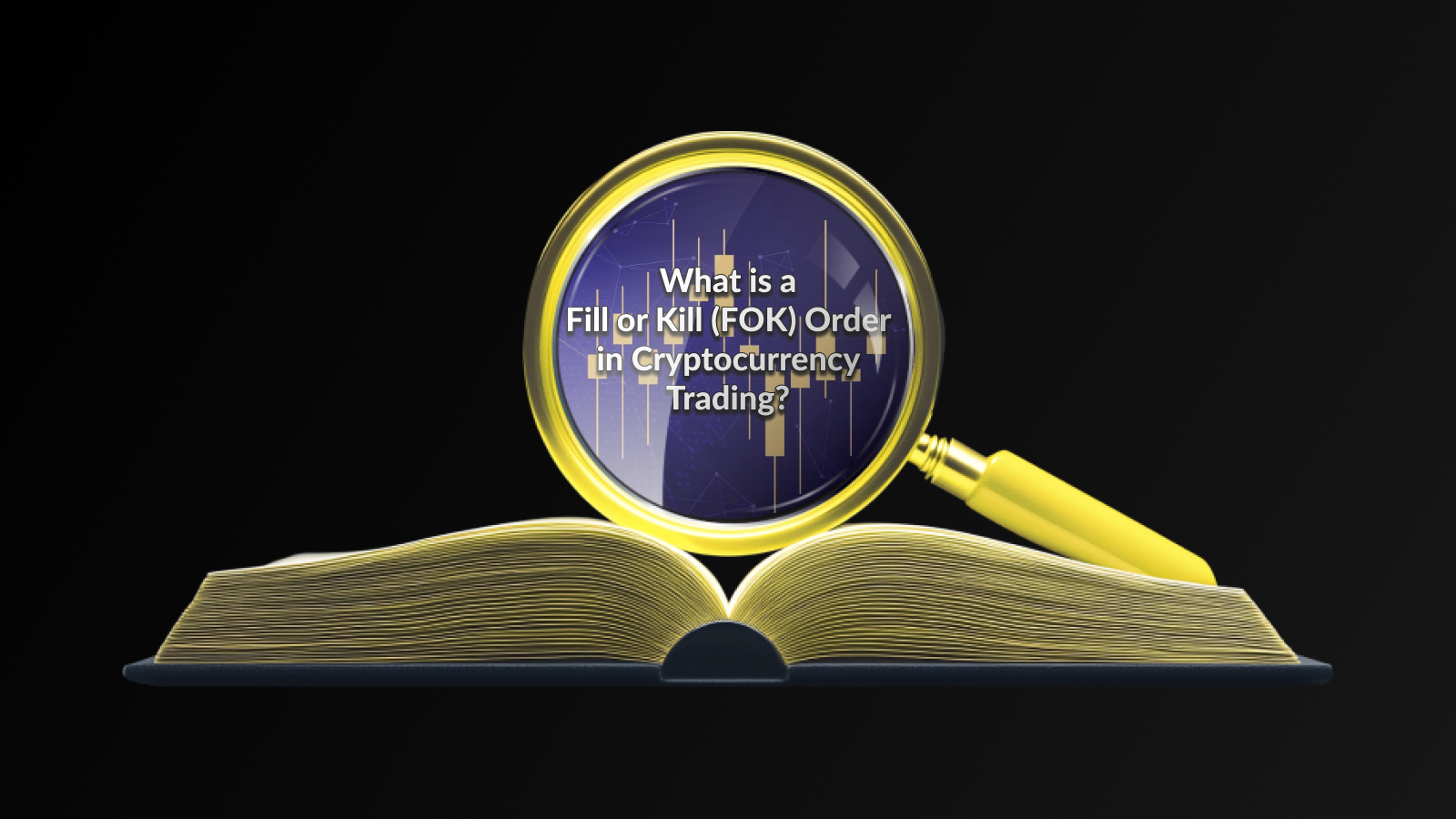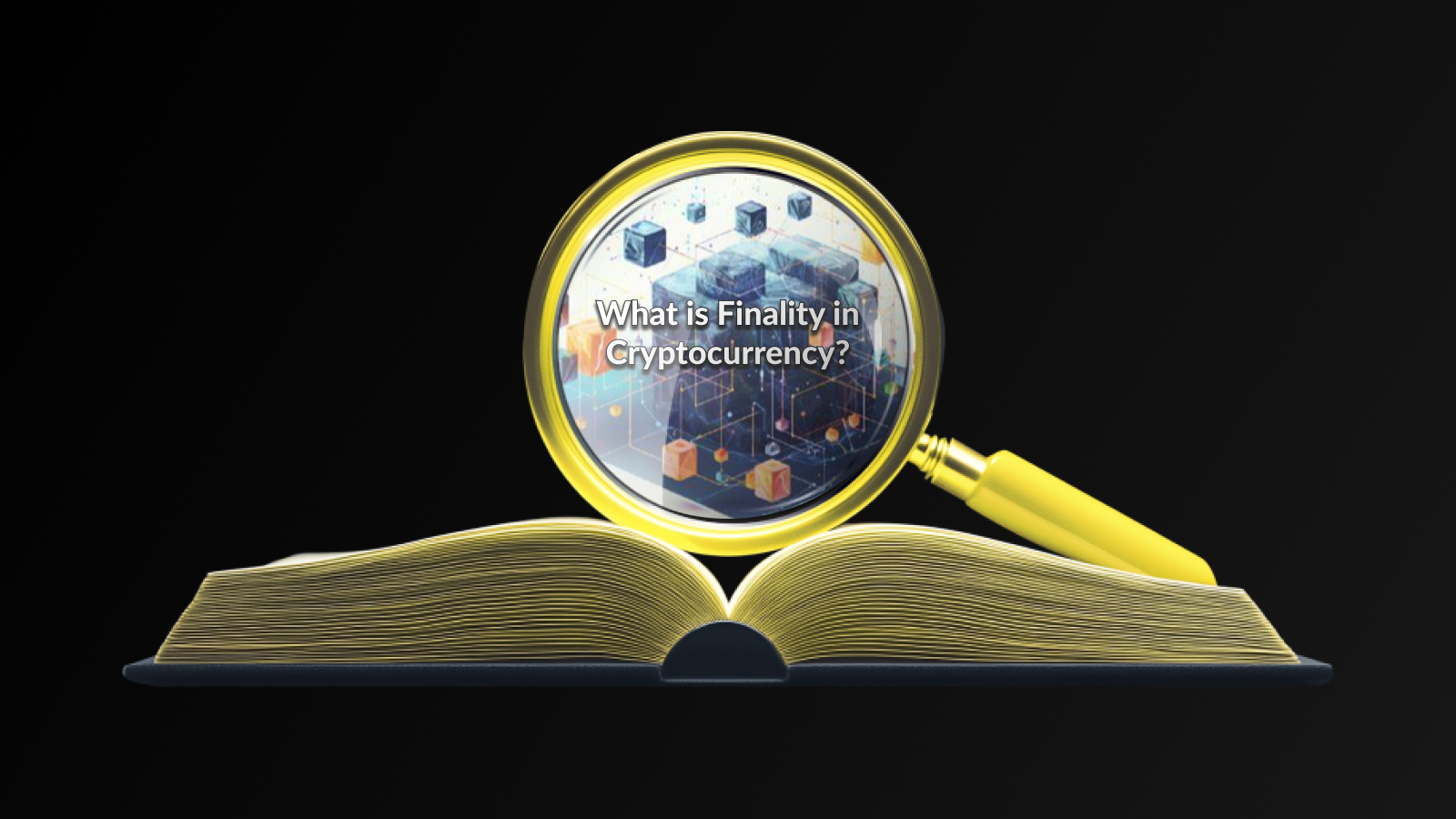Introduction
Fiat currency plays a crucial role in the modern economic framework, serving as a cornerstone for transactions in both traditional and digital markets. Unlike tangible commodities, fiat currency has no intrinsic value; it’s worth is derived from the trust and confidence placed in it by governments and societies. This unique characteristic allows fiat currency to be flexible and adaptable, making it the primary medium for day-to-day transactions.
The emergence of cryptocurrencies has introduced a new dynamic into the financial landscape, prompting discussions on the relationship between crypto and fiat integration. While cryptocurrencies operate independently of central banks, fiat currencies are typically backed by governments, ensuring a level of stability that can sometimes be absent in the crypto sphere. As a result, understanding the significance of fiat currency is essential for grasping how it integrates with new financial technologies.
Moreover, the coexistence of fiat and digital currencies is reshaping payment systems and financial services. As consumers and investors explore the benefits of crypto and fiat integration, the implications for global trade and commerce become increasingly pronounced. This synergy may lead to innovative solutions that leverage the advantages of both fiat and cryptocurrencies to create a more robust economic ecosystem.
When comparing fiat currency to cryptocurrency, the fundamental difference lies in the nature of their value and backing. Fiat currencies are government-issued and are considered legal tender because the government maintains them and people have faith in its value. In contrast, cryptocurrencies derive their value from a decentralized network of users and miners who verify transactions, leading to a value that can fluctuate significantly.
Another key distinction is the regulation and oversight associated with crypto and fiat integration. Fiat currencies are regulated by central banks and governments, which provide a level of stability and assurance to users. On the other hand, cryptocurrencies operate in a relatively unregulated space, which can lead to increased volatility but also offers an attractive level of autonomy and privacy for users.
Additionally, the transaction methods differ. Fiat transactions typically involve traditional banking systems, utilizing checks, credit cards, or direct transfers. Cryptocurrencies facilitate peer-to-peer transactions, allowing users to send and receive funds without intermediaries, thereby reducing transaction times and fees.
The accessibility of these currencies is notable. While fiat currency is widely accepted and easily accessible at physical and online retailers, cryptocurrencies are still in the adoption phase, with many merchants yet to accept them. This difference highlights the current state of the cryptocurrency market compared to established fiat systems.
How Fiat Currency Supports the Crypto Ecosystem
Fiat currency plays a crucial role in the burgeoning crypto ecosystem, serving as a bridge that connects traditional financial systems with the decentralized world of digital assets. One of the main advantages of fiat currency is its accessibility; the vast majority of people worldwide still hold and transact using fiat, making it an essential entry point for newcomers to cryptocurrency. Without this connection, many users would find it challenging to engage with cryptocurrencies.
The integration of crypto and fiat has led to the development of many platforms that allow users to easily convert their fiat funds into cryptocurrencies and vice versa. This interchangeability helps foster greater liquidity in the crypto market, attracting more investors and traders. Services such as crypto exchanges and payment processors enable smooth transactions, encouraging users to adopt and utilize cryptocurrencies.
Moreover, fiat currency supports the crypto ecosystem by providing a framework for regulatory compliance. Governments and financial authorities around the world are increasingly recognizing the importance of this integration, aiming to establish guidelines that protect consumers while encouraging innovation. This regulatory framework helps legitimize cryptocurrencies in the eyes of both the public and institutions, promoting broader acceptance and mainstream usage.
The stabilization offered by fiat currency is vital for the overall health of the crypto market. Cryptocurrencies can often experience significant price volatility; having fiat currency as a fallback allows users to hedge risks and manage their investments more effectively. This stability is particularly valuable during market downturns, giving investors assurance as they navigate the complexities of the crypto landscape.
Challenges and Criticisms of Fiat Currency
Fiat currency faces various challenges and criticisms, making it a topic of heated debate among economists and financial experts. One of the primary challenges is its susceptibility to inflation. Governments can print unlimited amounts of money, leading to a decrease in purchasing power over time. This inflationary pressure can erode savings, disproportionately affecting those with fixed incomes.
Additionally, reliance on crypto and fiat integration raises concerns about the stability of fiat currencies. As cryptocurrencies gain traction, the potential for a shift in public trust may diminish the value of traditional fiat currencies. This shift could lead to economic instability if not carefully managed.
Moreover, fiat currency systems are inherently centralized, leaving them vulnerable to government policies and political decisions. This centralization can lead to mistrust among citizens, especially in countries with a history of economic mismanagement. Critics argue that the lack of backing by tangible assets, such as gold or silver, makes fiat currency less reliable than alternatives.
The fiat currency system has been criticized for promoting inequality. The financial system favours those with access to banking services, creating barriers for marginalized communities. As the world moves towards a more digital economy, finding a balance between crypto and fiat integration will be crucial to addressing these challenges.
Disclaimer
This article is for informational purposes only and does not constitute financial, investment, or legal advice. Cryptocurrency investments are highly volatile and involve significant risk. Always conduct your own research or consult with a financial advisor before making investment decisions. Darkex is not responsible for any losses incurred based on the information provided.
Click for more Darkex education articles.





